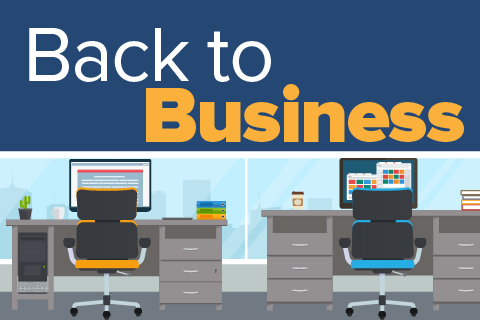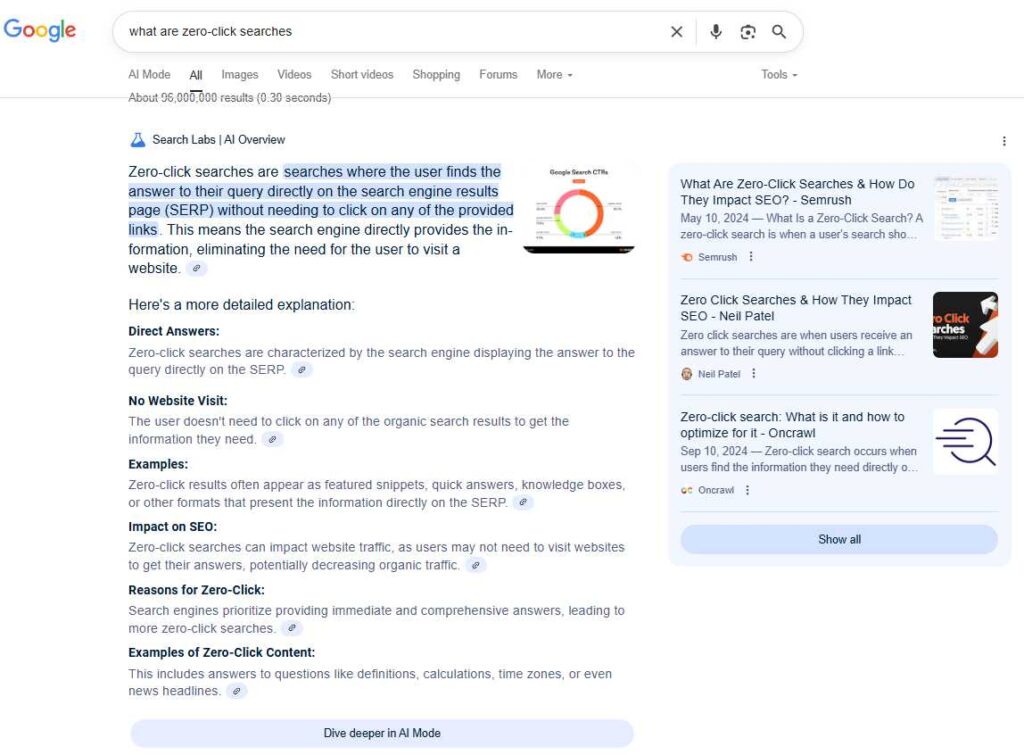As Global Manufacturing Faces Tariff Risks and AI Redefines Web Traffic, Local Service Businesses Are Becoming the Most Reliable Path to Sustainable Success. The post The Business Landscape is Changing first appeared on SteveBizBlog.
In the days before automobiles, stables were the backbone of every town. They were where you fed, watered, and housed your main mode of transportation—the horse. As society transitioned from horseback to horsepower, stables faded away and gas stations popped up to serve a new kind of traveler.
This isn’t just a nostalgic look back; it’s a reminder that infrastructure changes as society evolves. And with every new infrastructure comes a new set of business opportunities.
For decades, when people thought of starting a business, they imagined inventing a product, manufacturing it, and building a company around that product. But just as stables gave way to gas stations, the business landscape has changed too—and today, services are becoming the new economic infrastructure.
Globalization Changed the Game
The internet flattened the world, connecting buyers and sellers across continents. This globalization gave rise to massive outsourcing and shifted manufacturing overseas, where labor is cheaper and regulations less restrictive. As a result, American companies that insist on building products domestically often struggle to stay price-competitive. “Made in America” still holds emotional and brand appeal, but it often comes at a financial disadvantage that’s hard to overcome in the global marketplace.
And even when local manufacturing gets a temporary boost from trade policies—such as tariffs—those policies can be unpredictable. One administration might impose steep tariffs on foreign-made steel, giving U.S. manufacturers an edge. The next might remove those tariffs entirely, leaving domestic producers scrambling. Businesses built on physical goods and international supply chains are vulnerable to these political shifts. Entire industries can gain or lose competitiveness overnight due to a single policy change.
Services: The Business That Can’t Be Outsourced
But here’s where it gets interesting: not everything can be outsourced. You can’t install someone’s ceiling fan from China. You can’t trim hedges, clean carpets, or fix water heaters via Zoom. Services that require a local, in-person presence are mostly immune to global labor arbitrage.
And two powerful trends are making these services more valuable than ever:
- The Aging Population – As Baby Boomers grow older, their willingness—and in many cases, ability—to do home or car repairs diminishes. They need help maintaining their independence, and they’re willing to pay for it.
- The Death of DIY Culture – When I was growing up, most boys could perform a tune-up on their own car. I even had my sons each rebuild the engines of their first vehicles with me so they’d learn how cars work and how to maintain them. But today’s vehicles are so complex that, beyond basic maintenance, most repairs require a trip to a specialized shop. The same goes for HVAC, electrical systems, and more. Younger generations weren’t raised with wrenches in their hands. Many prefer to hire professionals over figuring things out themselves.
Together, these trends are creating a surge in demand for local service providers—from plumbers to mobile car detailers to in-home tech support.
Related Post: How to Forecast Industry Success Based on Demographic Spending Patterns
The Growing Value of Local, Skilled Labor
Services aren’t just about skill—they’re about presence. That’s why local service businesses are booming. These include:
- Lawn care and landscaping
- House cleaning
- Mobile auto detailing
- Home organizing and downsizing
- Appliance and small engine repair
- Handyman services
- Pet grooming
- In-home senior care
- IT setup and tech help
These businesses thrive on personal trust and word-of-mouth marketing, not big factories or global distribution chains. They’re practical, profitable, and resilient—especially in a world where economic certainty is harder to come by.
Digital Shifts: AI and the Changing SEO Landscape
But even service businesses are not untouched by tech disruptions—especially when it comes to how customers find you.
Search engine optimization (SEO) used to be about stuffing your website with keywords and hoping to rank on Google. But AI is changing all of that. Tools like ChatGPT, Perplexity, and Google’s Search Generative Experience are now offering users quick summaries and answers without them ever clicking through to your website.
This shift means that even if your site ranks well, your actual traffic is likely to continue dropping because AI is scraping your content and summarizing it for users. If your business depends on website visits for lead generation or ad revenue, this is a big deal.
It’s forcing businesses to rethink their content strategies. Instead of only chasing traffic, you now need to focus on content that builds authority, encourages engagement, and drives users to take action—even if they never land on your homepage. That might mean offering downloadable guides, embedding videos, or providing interactive tools people want to use directly.
Tariffs, AI, and a Changing Business Map
The takeaway? The business world is constantly shifting, and you can’t always rely on traditional strategies to succeed. Tariffs can make a product profitable one year and unsellable the next. AI might send traffic to your site today and bypass it tomorrow. That’s why service-based businesses—which rely on human connection, in-person delivery, and local trust—are becoming increasingly attractive.
These businesses don’t depend on fragile supply chains or unpredictable global trends. They depend on showing up, doing good work, and building local reputation.
Final Thoughts
You don’t need a product. You don’t need a patent. You don’t need a warehouse. What you need is a skill someone in your town needs—and the willingness to provide it with care, professionalism, and consistency. That’s the future of small business.
How might changes in technology or trade policy impact your business model in the next five years?
The post The Business Landscape is Changing first appeared on SteveBizBlog.











